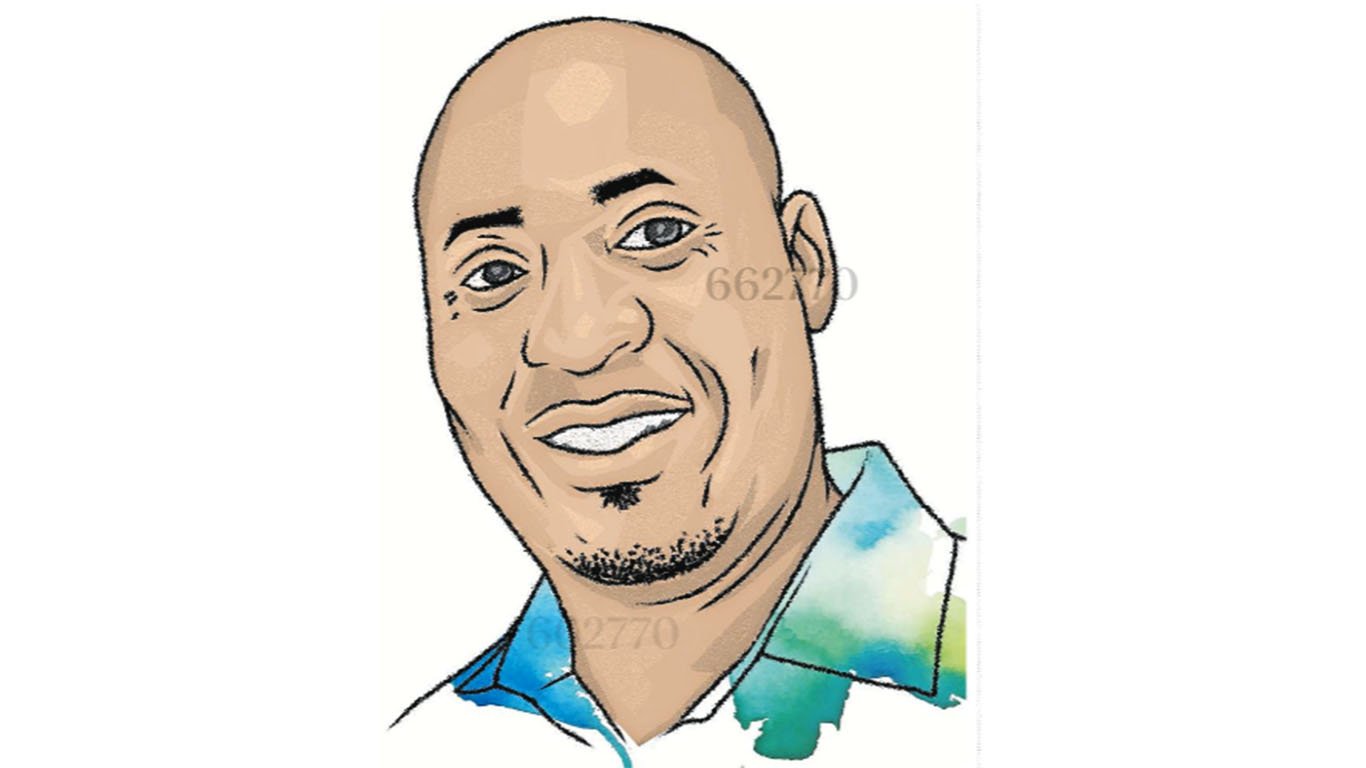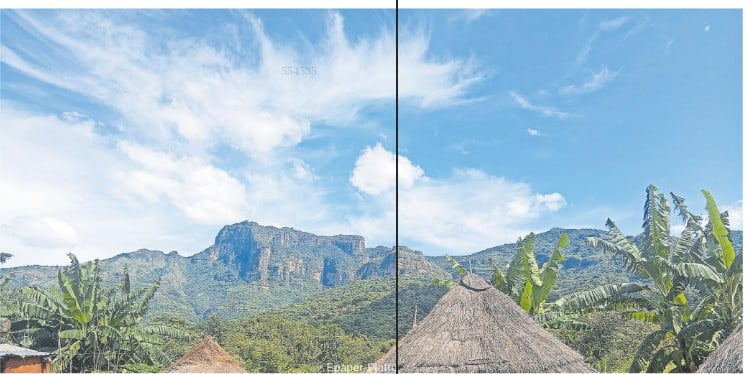Prime
Who is behind the theft of our road signs?

Just imagine the absence of such road signs and there is a train coming your way. Road signs in different shapes and sizes have become high demand products for some scrap dealers. PHOTOS BY ISMAIL KEZAALA
Last year, a truck driver called one of the local radio stations to voice his concern over the continuous mysterious disappearance of road signs along the new Hoima Road. “These signs are normally there during the day but at night, they vanish suddenly,” the caller who only identified himself as Bbale stated.
When asked whom he thought was stealing the road signs, the driver hilariously replied that it was the road contractors themselves. “The men who fix those road signs are the same people stealing them. If it is not them, then, it is other people they connive with,” Bbale angrily added before going off air suddenly.
So, was Bbale correct with his allegation or had he got it all wrong? Was it really true that the contractors were the same people behind the sudden disappearance of these traffic signs?
Who is behind the vice?
According to Dan Alinange, the Spokesperson of Uganda national roads authority (UNRA), these signs are mostly stolen by individuals who deal in scrap material since their market is competitive. “They either sell off the material or use it for making various metallic items, mostly doors and windows,” Alinange says.
Signs fixed along newly constructed roads are the most stolen ones because passersby can easily assume that an individual is working on the road.
Also, those in isolated places may easily become a target since they are not easily monitored. For the past years, the Northern By-pass, Entebbe road,
Tirinyi road, Bugiri and the Iganga highway have been the most targeted areas. Some of these road signs read: “Humps ahead, Slow down, Stop and Speed Limit 30kph” among other instructions.
Alinange says that about Shs4bn is needed in order to replace these vandalised road signs.
Are there any alternatives?
The UNRA publicist says that they are devising all possible means of replacing these metallic signs with plastic ones which have a lesser value. There is also the option of using wood though it does not last long.
Mark Kakumbi, a carpenter in Mukono district is one of those individuals profiting from making wooden road signs.
“I started doing this in 2011 after one client approached me to make for him a sign to place in one of the busy paths within in his neighbourhood. I never looked back ever since that day,” Kakumbi explains.
The prices of the wooden traffic signs depend on the size. The medium ones range between Shs50,000 to Shs100,000 while the big ones go beyond Shs200,000.
He only makes these signs on order since he spends most of the other hours making furniture. As much as scrap dealers are the most suspected individuals involved in this trade, Alinange does not brush aside the idea that contractors and other mafias could also be involved in this dubious act of stealing road signs.
“That is why we are working together with Internal Security Organisation (ISO). We want to know the people stealing these road signs and prosecute them,” he explains. ISO is a counter intelligence agency responsible for providing national security intelligence to the country’s policy makers.
Police is aware of the vice
Ibin Ssekumbi, the Kampala Metropolitan police spokesperson says that cases of stolen road signs are reported to them each and every other time though he was not well conversant with the numbers. “Most of the individuals we have arrested are the ones we have found hiding these road signs in their workshops,” he explains.“There has been an increase in the theft cases over the past two years,” Ssekumbi adds.
The dangers of not having road signs
The essence of having these road signs is to guide and caution both pedestrians and motorists when using the road. Without them, fatal accidents are likely to occur on the road.
Saidi Juma, a teacher recalls a time he nearly knocked a man who was working on a pothole just along the Tirinyi highway because there was no sign on the road showing that they were working.
“I mistook them for idlers who were just loitering on the road since they were even wearing ordinary civilian clothes,” Juma says.
The father of one also remembers another incident where he almost rammed into a pole on the same highway because of the absence of a reflector sign on one of the corners along the road.
“I almost died that day. I survived probably because I quickly stopped the car just a few inches away from the pole,” he adds.
Juma is now very vigilant whenever he is driving through the highway.
With such dangerous incidents that can easily cost people’s lives, it is only fair that the culprits think twice before stealing them. There should also be punitive ways of dealing with the culprits.
So what next for us?
As to how many road signs UNRA needs to buy, Alinange says it is quite hard to determine how many are needed at the moment. What he is certain of though is that, they must be enough to replace all the stolen road signs in different highways across the country.
The affected roads are more than 10. The theft cases have been mostly rampant in the past five years.
UNRA has not visited any scrap dealers to check if they have these signs because ISO is handling that. Shumuk Aluminum Group of Industries located in Nakawa Industrial Area is known as one of the biggest purchasers of scrap material. According to Dan Muhumuza, the Group General Manager of Shumuk Group of companies, he says that most of the scrap they buy comes when it is already shattered into small pieces. “Most of the scrap we receive is crushed, so it is very hard to tell if some of it comprises stolen road signs or not,” Muhumuza explains.




